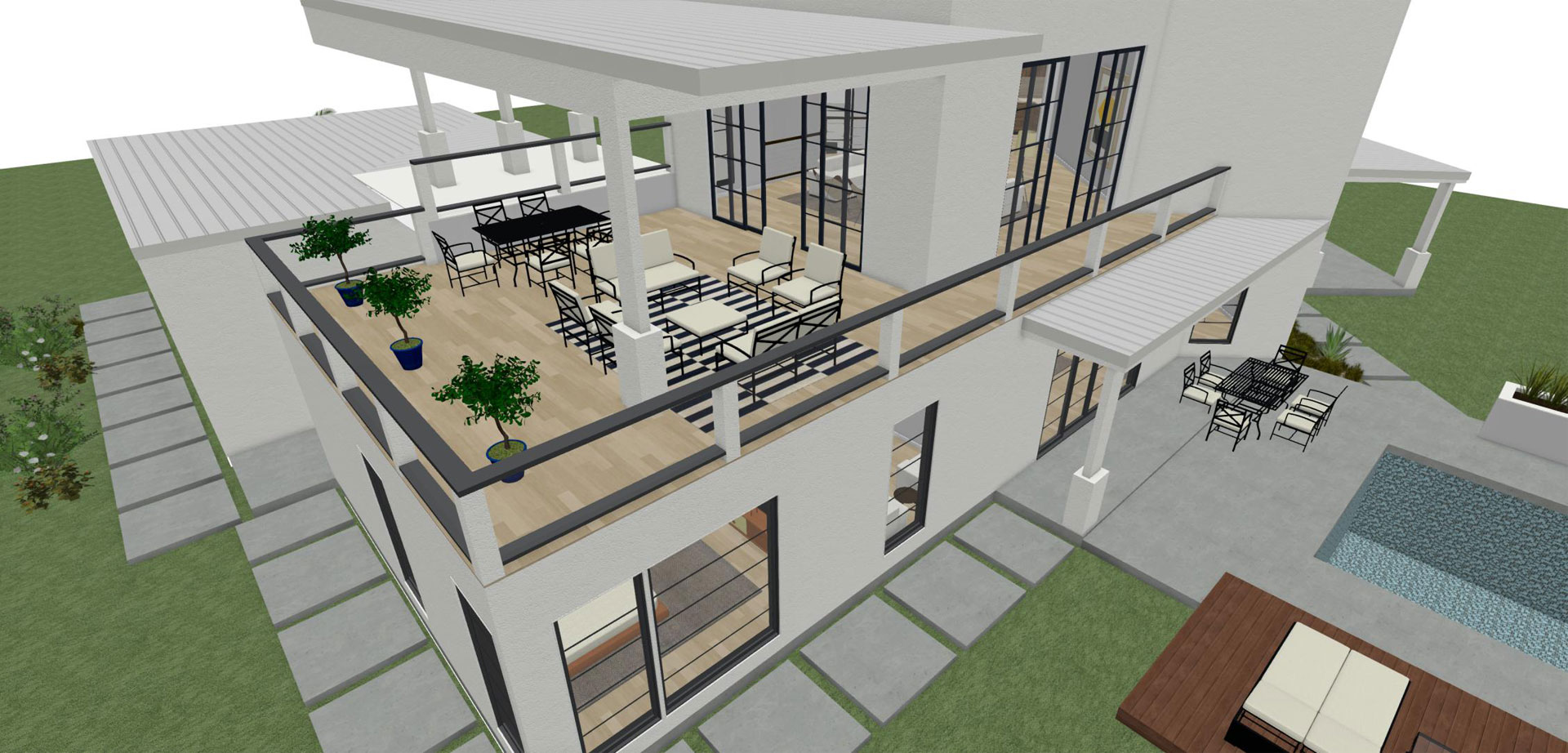A Comprehensive Summary of Building Designs and Their Influence on Modern City Planning and Advancement
Building designs have actually long acted as a mirror to the societal values and technical innovations of their time, playing a critical duty in forming modern-day city preparation and growth. From the grandeur of Neoclassicism to the practical approach of Brutalism, each design has actually presented unique concepts that affect city aesthetics and functionality. As contemporary obstacles arise, including sustainability and area demands, recognizing these historic frameworks becomes important. The resulting dialogue not just educates future style methods but also raises relevant inquiries concerning the balance between heritage and innovation in our progressing city landscapes.
Historic Overview of Architectural Styles

As cultures transitioned via the Center Ages, Gothic design emerged, identified by its verticality and complex outlining, mirroring the spiritual aspirations of the period. The Renaissance noted a revival of classical perfects, merging art and design in ingenious manner ins which affected subsequent designs across Europe.

Today, building designs continue to progress, driven by globalization and sustainability problems, reflecting a vibrant interaction between heritage and advancement. This historic summary underscores the relevance of style as a mirror of societal development and as a stimulant for metropolitan growth.
Key Architectural Styles Explained
The diversity of building designs mirrors the myriad influences that shape our constructed setting, each embodying distinct attributes and social values. Secret building styles consist of Classic, Gothic, Baroque, Innovation, and Postmodernism, each representing unique historical contexts and aesthetic ideologies.
Timeless design, rooted in old Greece and Rome, highlights balance, percentage, and making use of columns (cda architects). On the other hand, Gothic architecture, thriving in the Middle Ages, is defined by sharp arcs, ribbed vaults, and flying buttresses, creating a spiritual top quality in cathedrals. Baroque style, arising in the 17th century, is noted by grandeur, intricate decoration, and a dynamic interaction of light and darkness
Innovation, which got energy in the very early 20th century, focuses on feature over form, utilizing brand-new products like steel and glass to develop minimal frameworks. Postmodernism, reacting versus the austerity of Innovation, welcomes eclecticism and historic recommendation, usually incorporating lively components and paradox.

Influence On Urban Preparation
Fit the development of cities, architectural styles dramatically affect metropolitan planning choices. The choice of building design often determines the looks, performance, and overall personality of city atmospheres. As an example, modernism, with its emphasis on minimalism and capability, encourages open spaces and the integration of modern technology, shaping city formats that focus on effectiveness and ease of access. Alternatively, traditional designs might emphasize historic preservation, causing metropolitan layouts that preserve cultural heritage and promote pedestrian-friendly atmospheres.
Additionally, building designs can influence zoning regulations and land use policies. Urban coordinators must consider the prevailing architectural fads when designing districts, making sure that new developments harmonize with existing frameworks. This consideration fosters cohesive metropolitan landscapes and boosts area identity.
The implementation of particular building designs can additionally influence socioeconomic aspects within a city. Premium modern styles might bring in upscale locals and companies, leading to gentrification, while more inexpensive real estate options might focus on sensible and lasting designs to accommodate varied populations. cda architects. Ultimately, check these guys out the interaction between architectural designs and city preparation creates vibrant cities that reflect both historic context and modern requirements, forming the lived experiences of their residents
Sustainability and Modern Style
Building styles play a crucial duty in dealing with contemporary challenges, especially in the world of sustainability. As urban areas broaden and environmental concerns intensify, contemporary design increasingly embraces lasting layout concepts that prioritize energy effectiveness, source preservation, and marginal environmental effect.
Contemporary building movements, such as biophilic design and environment-friendly style, supporter for frameworks that harmonize with their environments, making use of all-natural products and promoting biodiversity. These styles commonly include eco-friendly power sources, such as photovoltaic panels and wind generators, to decrease reliance on fossil fuels and lower carbon footprints.
In addition, the integration of advanced innovations, such as clever structure systems, boosts energy management, optimizing resource usage while making sure owner convenience. Cutting-edge water monitoring strategies, including rainwater harvesting and greywater recycling, further contribute to sustainable urban environments.
Notably, sustainability extends beyond environmental concerns; it encompasses social and economic dimensions as well. By promoting community well-being and promoting inclusivity, modern building designs line up with sustainable advancement goals. The advancement of building methods continues to form resistant cities that not only satisfy the requirements of the existing yet likewise protect the future for generations to come.
Community Involvement in Style
Community engagement in design serves as a critical bridge in between engineers and the populaces they offer, making certain that the constructed atmosphere reflects the demands and goals of its customers. This joint procedure invites area members to contribute their understandings and choices, promoting a feeling of possession and duty towards the rooms they inhabit.
Reliable area interaction utilizes various techniques, such as workshops, studies, and public online forums, to collect varied perspectives. These methods help with a two-way discussion, allowing engineers to recognize local contexts while empowering residents to voice their problems and wishes. This inclusivity not only enhances the layout quality but likewise promotes social equity by resolving the special challenges faced by marginalized groups.
Furthermore, neighborhood engagement can result in cutting-edge remedies that might not arise in a standard style process. By incorporating regional knowledge and cultural values, designers can produce spaces that reverberate even more deeply with users, enhancing use Discover More Here and sustainability. Ultimately, focusing on community involvement in style processes leads to settings that support social communications, assistance wellness, and enhance neighborhood ties, therefore playing an essential role fit modern urban landscapes.
Verdict
Architectural designs have exceptionally influenced modern-day city preparation and growth, reflecting progressing social and technical contexts. As cities continue to expand and adjust, the ongoing discussion in between architectural heritage and contemporary layout why not try here principles will stay essential in developing inclusive, vibrant spaces that boost quality of life and advertise social equity.